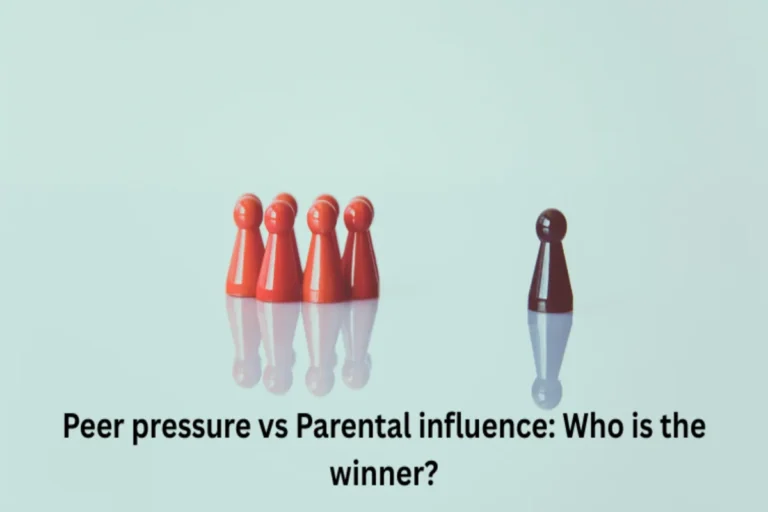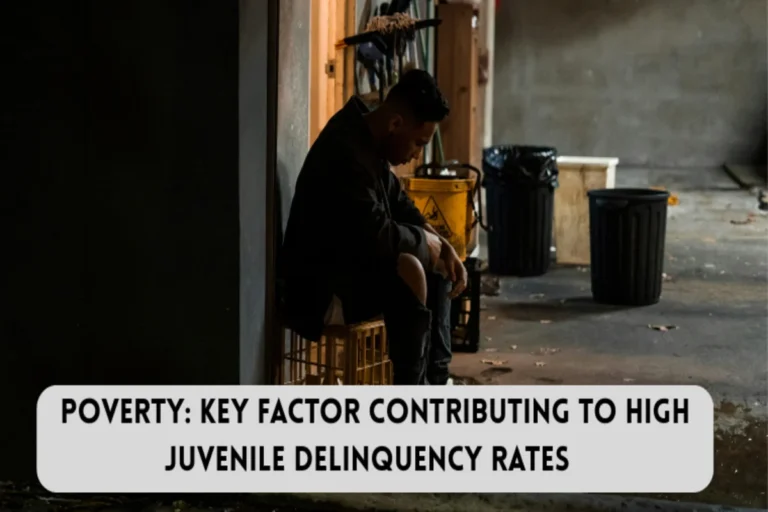
Research about gun culture remains complex when analyzing its influence on teenage populations. Parents together with educators and policymakers express their worry about about why teens are attracted to guns, highlighting the need to develop appropriate solutions. Understanding what draws teenagers to guns serves as the foundation to develop successful interventions and promote responsible weapon handling for household and community safety.
A complete explanation of why teens are attracted to guns, demands examination from several angles. This article examines both the psychological and social elements along with cultural factors and environmental influences that cause teens to develop interests in guns as well as potential solutions to redirect their attention to safer alternatives.
Psychological Factors Influencing Teen Interest in Guns
1. Sense of Power and Control
Young people commonly discover independence through actions that give them control over their environment. The combination of power and self-reliance attributes in guns makes them especially attractive to young people who experience powerlessness in their everyday lives. Teenagers who handle firearms even in simulation might experience an illusion of control over their life situations.
2. Identity and Self-Expression
During adolescence individuals develop their identities through the exploration of multiple ideologies and values and different social groups. Firearms create associations with particular identities including strong and rebellious personas as well as membership in groups like military enthusiasts and survivalists and gun rights activists. Teenagers who identify with these values link gun ownership to independence and personal defense or as a method of challenging authority.
3. Risk-Taking Behavior
Brain research indicates that adolescence brings natural impulsive behavior because the prefrontal cortex develops during this time. Guns combine elements of danger with excitement so they attract teenagers who seek high-risk activities such as playing video games or participating in competitive shooting or extreme sports.
4. Influence of Violent Media and Video Games
Current entertainment industry presents firearms as markers of heroism alongside strength and status. Entertainment media including video games movies and television shows show firearms in an attractive manner which links weapons to excitement. Research on media violence causing actual gun use has produced inconsistent findings but consistent exposure may make teens view firearm possession and usage as typical behavior.
Social and Peer Influences on Teen Interest in Guns
1. Peer Pressure and Group Identity
Social group dynamics along with peer group influence strongly shape the decisions of teenagers. Teenagers tend to develop interests in firearms when their friends or social network demonstrates gun-related behavior. Some individuals might experience social pressure to match their peers who embrace firearm education or weapon possession.
2. Family Exposure to Guns
The way parents handle firearms determines how their teenagers will view guns. When people grow up in households that treat guns as sport equipment or defensive tools or traditional objects they tend to become more curious about firearms. The children of military personnel or hunters tend to show an early fascination with guns because guns are present during their childhood.
3. Social Media and Online Communities
The rise of virtual communities through the internet allows teenagers to discover their interests including firearms because this plays a major role in why teens develop an interest in guns. Through social media and online forums, teenagers can access information about gun culture and discuss firearm rights and come across extremist ideologies which promote weapons. Digital spaces help to sustain interest and increase the availability of gun-related material to vulnerable young minds.
4. Bullying and Feelings of Vulnerability
Young people who face bullying and social rejection or feel insecure may turn to guns as a means of protection. People who experience emotional distress often develop fantasies about self-defense or retaliation when they believe guns will solve their problems.
Cultural and Environmental Factors
1. Gun Culture in Society
Gun culture runs deeply through United States society by linking firearms to individual liberty and protection and historical traditions. The wider cultural story shapes how teenagers understand firearms. Teenagers who live in places where gun ownership is widely accepted and admired tend to view firearms as typical and appealing components of everyday life.
2. Media Representation of Guns
Guns in movies, television shows and social networks show thrilling and powerful content that supports the belief that firearms are interesting tools. A number of video games offer elaborate weapon systems, weapon modification systems and shooting mechanics which make guns seem like fun pastimes instead of weapons.
3. Political and Ideological Beliefs
The interest in guns among teens may develop as a result of political debates on gun rights and the Second Amendment. This is especially the case in families where the right to bear arms is associated with individual liberty and constitutional protections. In such cases, guns are perceived as a way of asserting individualism and defying the state.
4. Availability of Firearms
The availability of guns in the home can lead teenagers to develop a casual attitude toward firearms. Lack of proper storage can lead to a transition from curiosity to experimentation with guns. Studies show that the availability of firearms is the most important factor that contributes to unintentional injuries and youth gun violence.
Possible Threats That Come with Teenager Interest in Guns
The fascination with firearms among all teens is not necessarily a threat but some indicators must be taken seriously. Without proper education and supervision, an interest in guns may result in the following problems:
- Accidental firearm injuries or deaths
- Involvement in criminal activity
- Violence or self-harm in extreme cases
- Legal penalties for carrying firearms illegally
Parents, educators and communities must work together to understand, educate and intervene when necessary.
How to Address Teen Interest in Guns Responsibly
1. Open Communication with Teens
It is important for parents and educators to establish a non-confrontational environment where discussion on firearms is allowed. Do not simply ban or punish their interest but instead engage them in conversation and ask them questions such as:
- What makes you have an interest in guns?
- Are you interested in their technical aspects, protection or recreational use in hunting?
- How do you think firearms should be handled?
This will assist in establishing whether their interest in guns is just for fun or if it is because they are influenced by culture or if there is an underlying psychological issue.
2. Promote Gun Safety Education
It is important that teens who live with gun owners should be educated on the right way to handle guns and how to store them and legal issues surrounding it. Gun safety courses can teach participants about the risks and the responsibilities of owning a gun.
3. Encourage Alternative Hobbies
If a teen’s fascination with guns is likely to be focused on violent or dangerous activities then it is important to try to steer them in another direction. Some examples of such hobbies include:
- Martial arts (for self-discipline and self-defence)
- Competitive sports (for an adrenaline rush)
- STEM activities such as robotics and mechanics (for technical interest)
- Hunting and sport shooting under proper supervision.
Other positive activities that can be suggested include hunting and sport shooting.
4. Supervise Online Usage and Social Interactions
Parents should know what their teens are watching online and who they are communicating with. Radical groups, violent content and unsafe gun subcultures may have negative impacts on behaviour. Suggesting how to think critically about gun related media can help teens distinguish between what is real and what is not.
5. Ensure Proper Firearm Storage
For those who have guns in the house, safekeeping is a must. This is why storing guns in a safe place, without ammunition and out of easy reach can be helpful. Gun safes, trigger locks and biometric security devices can be used to lock away guns so that they cannot be accessed by teens without supervision.
It is important to note that attraction to guns among teens can be attributed to multiple factors such as psychological, social, cultural and environmental factors. There are some teens who are interested in guns for recreational or protective purposes while others may be influenced by the media, their peers or low self esteem.
The problem, why teens are attracted to guns can be solved through education, communication and proper gun ownership. Parents and educators should not turn a blind eye to this interest and rather help them understand the risks, teach them safety and direct them to other activities so that they make the right decision.
The identification of factors that drive teenage interest in guns enables society to foster secure firearm handling practices which lower risks while supporting teens who choose to handle firearms properly.


